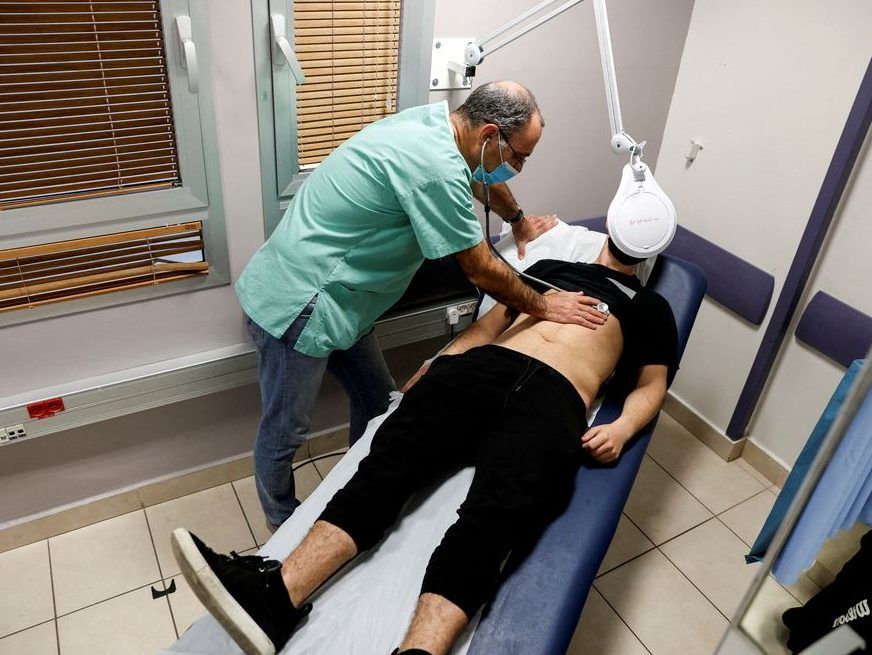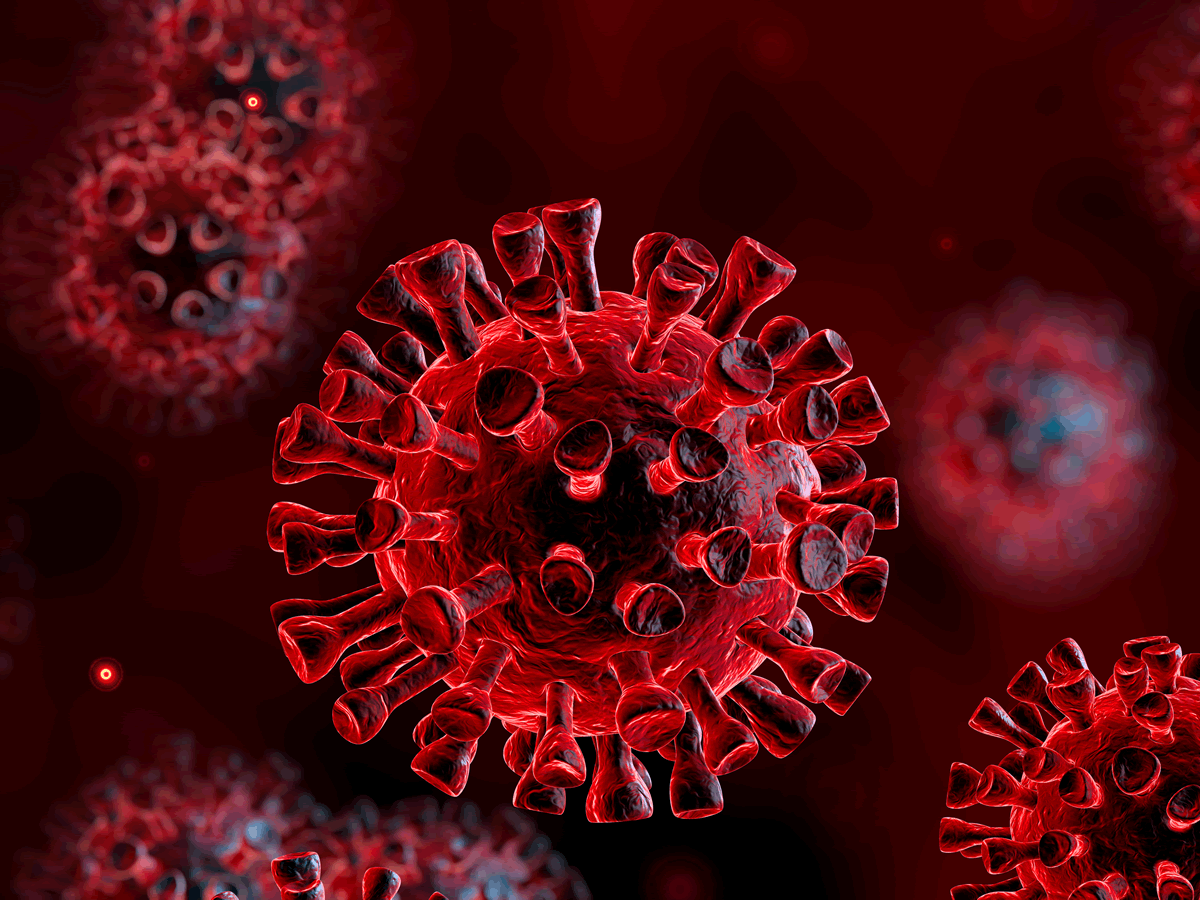Long COVID 'brain fog' an increasing concern
Author of the article:Liz Braun
Publishing date

ec 04, 2022 • 1 day ago • 2 minute read
Brain fog, a typical symptom of long COVID, is now a major concern to scientists and sufferers alike.
Brain fog, a typical symptom of long COVID, is now a major concern to scientists and sufferers alike.
A form of cognitive dysfunction, “brain fog” is the phrase used to describe the fuzzy-headed lingering effects of COVID-19 (and specifically, long COVID) — a disconcerting loss of focus, attention and memory.
COVID-19 is not the only ailment that can trigger brain fog. Some cancer and Lyme disease patients and those who have suffered concussion and chronic fatigue syndrome complain of similar cognitive issues.
A recent Washington Post article delves into what it’s like to live with brain fog.
Some people experience the condition so intensely that they can no longer go to work, read a book, or get through the day without detailed to-do lists, lists that include such basics as “eat breakfast” or “feed the dogs.”
It is incapacitating.
Jeffrey Wefel, a professor and chief of neuropsychology at the University of Texas MD Anderson Cancer Center, told the Post that brain fog symptoms can have, “an adverse effect on occupational, familial and social lives and can result in diminished quality of life.”
In a recent paper, Akiko Iwasaki, a professor of immunobiology at Yale University and Michelle Monje, a professor of neurology at Stanford University, outlined six possible causes for COVID-related “brain fog;” one possible common cause, they write, is inflammation in the brain and neural cell dysfunction.
The researchers list acute and chronic neurological and neuropsychiatric symptoms that include loss of smell and taste, cognitive impairments, depression, and anxiety.
Prominent among these lasting neurological conditions is brain fog, they write, “a syndrome of persistent cognitive impairment characterized by impaired attention, concentration, memory, speed of information processing, and executive function.”
Long COVID was reported early on in the pandemic. Brain fog (usually with fatigue) was flagged as its hallmark.
Neither the medical profession nor the government was quick to acknowledge “long-haul” COVID or the virus’ lingering effects.
Infectious disease epidemiologist Zahid Butt, an assistant professor at the School of Public Health Sciences at the University of Waterloo, said it’s difficult to quantify brain fog.
“But a recent study on mice showed some sort of inflammation of the brain that results from a COVID-19 infection,” he said.
While initial reports suggested 30% of the population might get long COVID, current estimates put it closer to 50%, said Butt.
“We are just discovering the burden and extent of long COVID. There are many symptoms and brain fog is just one. We need more human studies to better understand the pathology,” he added.
“Certainly, it is not psychological.”
For now, managing the symptoms is all that can be done.
“We don’t have a lot of treatments,” cautioned Butt.
A list of some medications and therapies that are being tried out on the treatment front was published in psychiatric times.com recently.
Medications include methylphenidate, donepezil, modafinil, luteolin, nicotinamide riboside, vitamin C or probiotic supplementation, monoclonal antibodies, or adaptogens.
Cognitive behavioral therapy, graded exercise therapy, pacing, and rehabilitation are also potentially helpful.
Doctors who have been close to long COVID through research or patient care offers the same advice:
Avoid re-infection at all costs.
Every time you get COVID is another chance to get long COVID — and the brain fog that comes with it.
Experts address cognitive dysfunction found in patients with long COVID at the 2022 APA Annual Meeting.

psychiatrictimes.com
Brain fog, a typical symptom of long COVID, is now a major concern to scientists and sufferers alike.

torontosun.com








